TOP, WHERE, and ORDER BY are not "executed" - they simply describe the desired result and the database query optimizer determines (hopefully) the best plan for the actual execution. The separation between "declaring the desired result" and how it is physically achieved is what makes SQL a "declarative" language.
Assuming there is an index on CustomerSalary, and the table is not clustered, your query will likely be executed as an index seek + table heap access, as illustrated in this SQL Fiddle (click on View Execution Plan at the bottom):

As you can see, first the correct CustomerSalary value is found through the Index Seek, then the row that value belongs to is retrieved from the table heap through RID Lookup (Row ID Lookup). The Top is just for show here (and has 0% cost), as is the Nested Loops for that matter - the starting index seek will return (at most) one row in any case. The whole query is rather efficient and will likely cost only a few I/O operations.
If the table is clustered, you'll likely have another index seek instead of the table heap access, as illustrated in this SQL Fiddle (note the lack of NONCLUSTERED keyword in the DDL SQL):

But beware: I was lucky this time to get the "right" execution plan. The query optimizer might have chosen a full table scan, which is sometimes actually faster on small tables. When analyzing query plans, always try to do that on realistic amounts of data!

